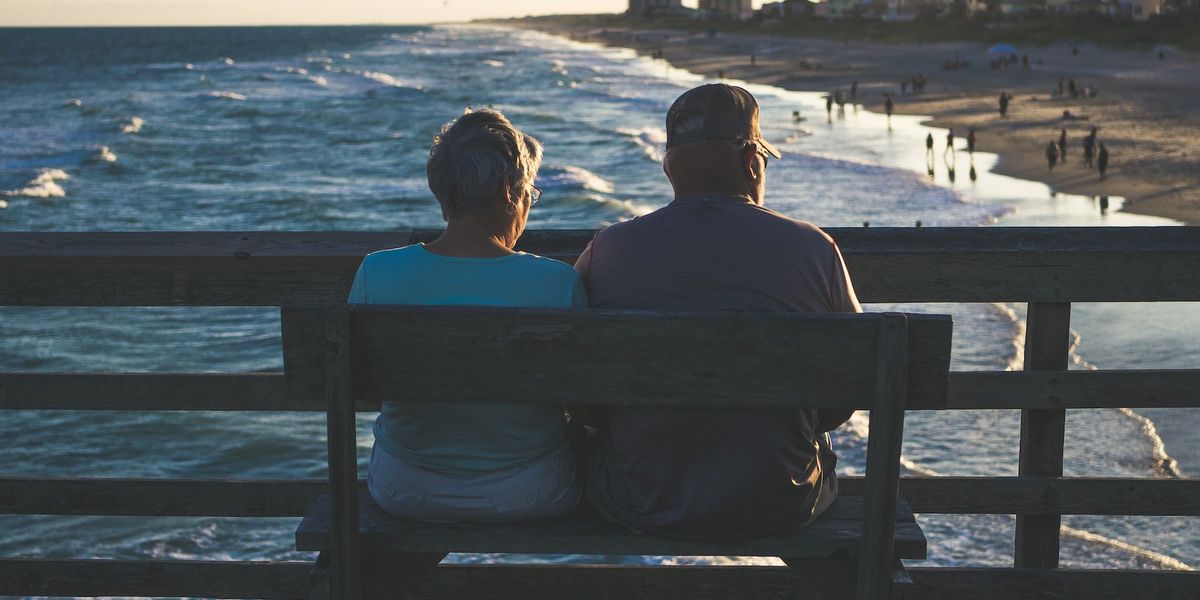
Time is limited for us to make the kinds of changes needed in our communities to make them safer for older adults.
Each year seems to bring new climate challenges that test the ability of individuals to prepare and of communities to plan. And yet, there has never been a better time than today to make the commitment to a more age-friendly, resilient and equitable future given what we now know.
Older adults can be critical contributors to community resilience as a result of their volunteer efforts and their lifetime of expertise and insights. Create space at the table for older adults and their advocates and actively engage them to identify solutions, thereby realizing the maxim “No about us without us.” This can be encouraged by ensuring that aging considerations are a requirement of any policy or program that affects community design, emergency preparedness or resilience. For any long-term resilience plans that seek to wholly relocate communities at greatest risk of climate-related impacts and disasters (such as low-lying coastal areas, barrier islands, or areas experiencing subsidence), it is essential to engage older adults in the planning effort at the outset and throughout the process. For older adults in these communities, it is critical to acknowledge and honor the importance and life-giving nature of social connections that exist and people’s historical and personal connection to the land and its natural resources.
Older adults can also be enlisted as volunteers and participants in community resilience efforts, such as helping people to enroll in home energy assistance programs or installing home energy use monitors, or in designing evacuation and sheltering plans that account for the needs of older adults. Older adults can foster relationships and connections among those at greatest risk of isolation.
Formal mechanisms—such as Voluntary Organizations Active in Disasters and age-friendly efforts—can serve as a bridge to engage older adults in emergency, disaster, and community planning efforts.
The chief resilience officer for the City of Portland, Oregon, notes that the city takes a universal design approach in its emergency preparedness and program design efforts: “If you design a program with the needs of people with disabilities at the outset, they will be better
served. By designing a heat response plan that assumes people are hard of hearing, have mobility impairments, and lack transportation, we can create a plan that better serves everyone.”
That work is intentional: 10% of volunteers with the Portland Bureau of Emergency Management identify as people with disabilities; many more than that are people who are older. She also argues: “Resilience programs that are more inclusive (including those
focusing on older adults) will be the longer-lasting ones; they’ll show more value because they make a difference in people’s lives every day—more so than just by building a sea wall.
“If there is a focus on creating ways for people to contribute throughout the entirety of their lives, then that is a program that is going to live on.”
This is an excerpt from Climate Resilience for an Aging Nation by Danielle Arigoni; Copyright © 2023 Danielle Arigoni. Reproduced by permission of Island Press, Washington, D.C

